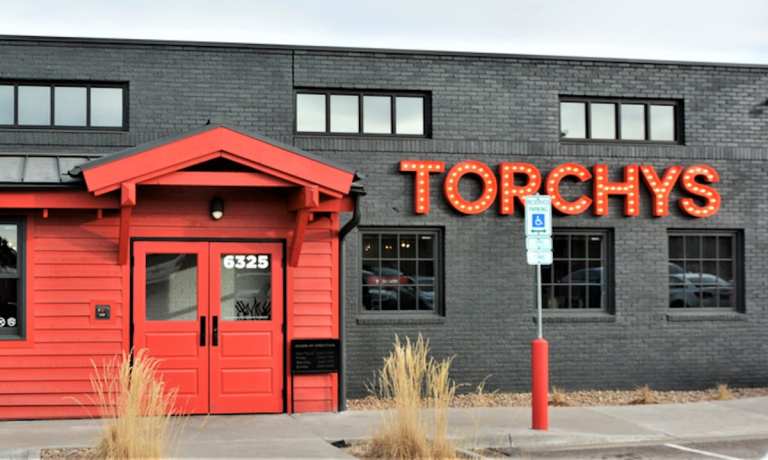
While the week’s biggest story in restaurant technology investment news was Olo’s IPO and its valuation north of $4.6 billion, this week also saw significant investments in smaller ResTech companies. Restaurant equipment maintenance solutions provider 86 Repairs closed its latest round with $2 million in seed funding to develop more advanced maintenance and repair management tools, reports QSR Magazine.
“86 Repairs harnesses the power of technology to create a real and innovative solution for the restaurant industry,” Will Rayner, principal at TDF Ventures, said of the firm’s investment in the company. “We’re impressed with 86’s ability to tackle R&M and other back-of-house pain points in a proactive way. We see big potential for this data-focused approach, especially as we enter a new phase for restaurants in a post-pandemic world.”
Meanwhile, in Dubai, cloud kitchen Software-as-a-Service (SaaS) company Grubtech brought in $3.4 million in a Pre-Series A funding round, reports Menabytes. The company’s management platform, among other services, helps businesses manage multiple virtual brands out of a single kitchen, much like ghost kitchen solution ZuulOS.
“We are still in the early stages of the digitization of the F&B sector, akin to eCommerce 10 years ago,” Grubtech’s CEO Mohamed Al Fayed said in a company blog post. “The operations of high-volume, multi-brand and omnichannel sales are complex, and so Grubtech has been built with a deep focus on our customers’ pain points today, and anticipated issues and opportunities of the future … we are proud to be local and privileged to be global.”
Torchy’s Tacos Gears Up For Public Offering
As funds pour in for restaurant technologies, one fast-casual chain is getting ready for its own boost from investors. Texas-based chain Torchy’s Tacos is exploring the possibility of making an IPO later in the year, reports Nation’s Restaurant News. The restaurant currently has 83 locations, and a report by Morgan Stanley and Bank of America estimated that such an IPO could raise $300 million, bringing the restaurant company’s valuation up to $1 billion.
Torchy’s is the consumer-facing name of Success Foods Management Group LLC — which, according to Dun & Bradstreet, employs 3,400 workers and brings in $175.48 million in sales. The company’s CEO G.J. Hart previously served as CEO of California Pizza Kitchen. In November, the company sold a roughly $400 million stake to growth equity investment firm General Atlantic.
Torchy’s chairman and General Atlantic Global Head of Consumer Andrew Crawford said in a statement, “Since our initial investment in 2017, Torchy’s has demonstrated the strength of its brand as it has successfully captured impressive unit growth. We admire the management team’s deep operational experience and commitment to providing an original and differentiated experience. We believe their vision will continue to resonate across a wide-ranging demographic of guests, geographies and footprints as Torchy’s expands across the United States.”
Tim Hortons Makes US$64 Million Investment In ‘Back to Basics’ Plan
Canadian quick-service restaurant (QSR) chain Tim Hortons is investing $80 million in Canadian dollars ($64.2 million USD) in advertising, marketing and improving its digital presence, reports QSR Web. Part of this spend will go toward calling consumers’ attention to menu changes made as part of the chain’s Back to Basics plan, which emphasizes the chain’s longtime favorite menu items. Recently, as part of this initiative, the company made three key changes: improving the dark roast coffee recipe; introducing “Craveables” lunch sandwiches, which are classic lunch staples at an affordable price; and using “freshly cracked Canadian eggs” in breakfast sandwiches, according to the company’s news release.
In addition to using these funds to generate awareness for these menu changes, the company will also further develop its “Tim Rewards” loyalty program, among “other strategic digital initiatives.”
“We are also seeing strong progress in digital with the adoption, usage and increasing level of guest engagement on our Tim’s Rewards program and app,” Tim Hortons President Axel Schwan said in a statement. “In addition, we are continuing to work hard on improving personalized offers on the app and are rolling out predictive selling on our drive-thru menu boards across the country this year. This is all part of our goal to provide Canada’s best-in-class digital guest experience.”
These sorts of investments in mobile apps and loyalty rewards are key right now. Recent PYMNTS data found that 39 percent of restaurant customers are inclined to spend more when restaurants offer loyalty and rewards programs. Additionally, the report found, placing orders digitally increases monthly spending on food orders 54 percent over orders placed by phone call, $190 versus $123.
Toast Partners With Signage Platform For Integrated Displays
Leading restaurant POS provider and management platform Toast is partnering with digital signage company Raydiant to integrate menu signage with Toast’s platform, displaying real-time updates and keeping information consistent across channels, reports The Spoon.
“This is the first integration of its kind to solve a major problem for restaurateurs: having a central hub where they can manage and update all their digital menus and signage,” said Raydiant CEO Bobby Marhamat in a statement. “Now they can update their bar menus, wine lists, drive-thru and curbside menus — all from one interface. This same interface also enables them to create promotional posters and sizzle reels, custom music playlists, QR codes for contactless transactions, digital signs for outdoor dining and everything they need to provide a positive, seamless customer experience.”
This partnership comes in advance of a possible public offering from Toast later this year.